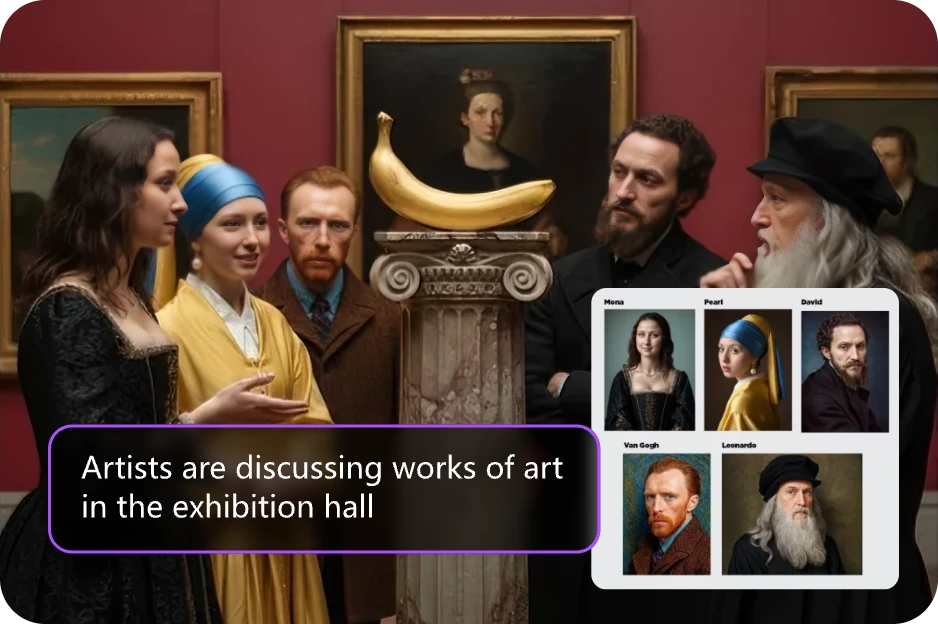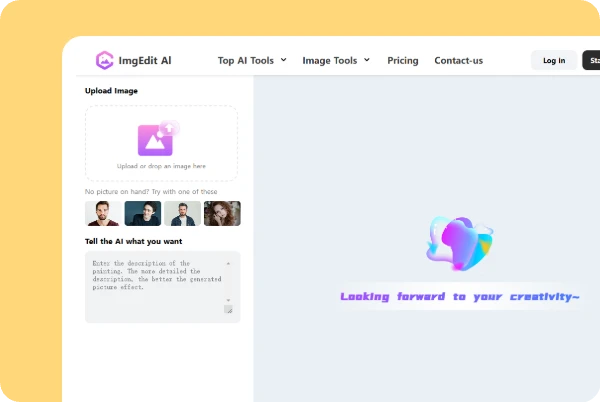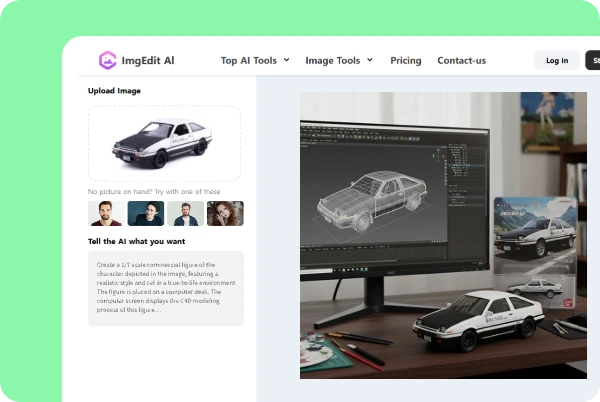In today’s modern world, social media and digital marketing are the basis for audience engagement and communication. Image editing has never been more significant. But the world is always changing, and tools are always shifting. On one end are the traditional image editing software that have been spun and anchored in history for ages- Adobe Photoshop, Affinity Photo, and GIMP, which all deliver the most vigorous, precise, and efficient results that capture the attention and trust of every professional. And on the other end are the AI tools pioneering the tech world with cloud heavyweights, Google, and their fabulous editing model Nano Banana AI which promise quick results with little to no effort spent.
However, as a professional or creator, did you keep asking yourself about the one that gives the edge? If yes, do not look further. This article answers this important question by breaking down the Nano Banana AI image editing computer programs and traditional ones. Looking at their strengths, weaknesses, and performance on different use cases, this article answers the big question: which wins?
What is Nano Banana AI?
Nano Banana AI is a Gemini-based image editing model. It is an AI software technology primarily used to create and edit intense images. Due to its popularity in recent years, it has been coined the Neo-Nano Banana. It specializes in editing already existing images as per the instructions provided in human language.
It is widely known for its capability to:
- Change people and objects with striking realism.
- Keep subject focus through edits.
- Do ultra-fast edits like changing outfits, replacing backgrounds, and transforming styles.
- Add SynthID Authorship Watermarks to images, enabling provenance tracing, and embedding AI edits.
Strengths of Nano Banana AI
● Natural-language editing
Dramatic results are achieved instantly. Users do not require any sophisticated skills.
● Subject consistency
Unlike most AI models, Nano Banana preserves the identification of changes made to faces and objects which is important for a brand or personal identity.
● Speed and accessibility
The software operates in seconds, making it a great option for content producers, and marketers needing a fast transition.
● Creative exploration
Assisting in brainstorming and rapid prototyping, dozens of ideas can be created within a short period.
Limitations of Nano Banana AI
- Maximized retouching, or more tricky composite work, and complex adjustments can not be consistently achieved.
- Unpredictability: Slight differences are a common occurrence when repeating the same edit.
- Current practice limitations: Work ecosystems continue to form and work from an outdated file system, abstract color utilizations, and edit without regard to file alterations.
Strengths of Traditional Software for Editing Images.
- Precision & Control: Image editing tools like Photoshop maintain high-quality editing on every pixel and protect against redundant complex masking and retouching of images, which is essential for optimum output.
- Free-flowing steps on a system: The combination of traditional software offers maximum flexibility without confinement with layers, smart objects, and adjustment layers.
- Printer Color Management: This is essential to advanced photographers, advertisers, and publishers who are running within systematic workflows.
- Integrated Work Environment: Management of long-run and repetitive processes is simplified with assets, actions, and plugins that help maintain order in bulk work.
- Use of AI on main features of traditional software: This includes Adobe Firefly-powered Photoshop which features a Generative Fill option to combine AI processes with traditional workflows.
Detailed Software Comparison: Nano Banana vs Traditional Image Editing Software.
Focusing on the two methods, the first and most important comparison is the ease of doing work. Nano Banana AI simplifies the process of creating images and it is enough to provide a short brief. Traditional programs like this require a lot of practice and it is known to work more effectively with great knowledge.
The use of Traditional software requires time and practice to learn the required functions and controls. After the software is mastered though, its use is more effective than any artificial intelligence functions, offering more unparalleled levels of control. Hence, Nanobanana works more rapidly in editing when compared to the Traditional methods, making it a suitable option for those on a tight schedule, or those needing a fast transformation. The additional time on a single task spent when the traditional methods are used is spent in the pursuit of more fine-tuned precision, ensuring the desired outcome is attained.
The level of control concerning any given task is more restricted with Nanobanana software, given that traditional software offers more dominant control. While Nano Banana offers extensive and outstanding changes, users are confined to what the AI interprets from their prompts.
More traditional workflows tend to yield more reliable results. With traditional software, the results for the same method used in each case will stay at one high-quality level. With Nanobanana software, the result of each editing will not be at the same quality level, resulting in different output versions.
In terms of professional environments, traditional software stands out. It offers a wide array of photography, publishing, and advertising. Nano Banana, on the other hand, works better for quick transformations, and for social media content, in which speed and creativity are mandatory.
Much like other AI applications, Nano Banana is not costly which lures in more users to the industry. On the other hand, more traditional programs such as Adobe Photoshop and any other program that utilizes subscriptions are significantly more expensive due to the unmatched longevity and capabilities they bring to the table.
Nano Banana & Traditional Editing Software: Their Aspect of Usage
Nano Banana AI is most applicable for:
- Social content and marketing visualization.
- Quick creative information and prototype development.
- Users who lack the basic knowledge for editing, but want a fantastic polished result.
Traditional Software is most applicable for:
- Professional advertising, photography, and publishing.
- Projects requiring meticulous color accuracy and retouching.
- Workflows that need high-standard formats and reliability.
Best Approach:
- Nano Bananas can be used to generate fast editing and transformation.
- Polishing, refining, and finalizing are best carried out in Photoshop to maximize the result.
Future Instincts on Image Editing
Integrating AI into the workflow of image editing will only enhance its effectiveness, based on human effort. One of the instincts foreseen is:
❖ More developed, controllable AI
AI editors like Nano Banana will add additional fine-tuning control tools, showcasing the actual terms of speed and precision.
❖ Fluid hybrid applications
The use of AI will become the norm in traditional applications and its continuous usage will bring forth the best of both occurring in a singular program.
❖ Coordinated Timing
AI will drive improvements in teamwork and remote design and content workflows will become more streamlined.
❖ Responsible and Open Editing
The misuse of AI in content can cause watermarks and metadata to distinguish content, so AI will have provenance systems.
❖ Tailored Imagination
AI tools will make novel approaches available to people to fit their personal styles, like brand identity.
The above instincts showcase a future in which traditional editing will no longer be a competitor to nano banana AI but an extremely valuable image software, able to deal with complex editing work, speed up the transition, and give out maximum quality results.
Summary
The comparison between Nano Banana AI and traditional editing software may be challenging. However, with the implementation of both software, a maximized result can be obtained.
In terms of speed, and creativity, Nano Banana AI’s software allows for outstanding edits with less effort. However, traditional software remains a top rival for control, precision, and reliability.
In this case, the hybrid version seems to be the perfect choice. Use Nano Banana for ideation and rapid editing, then traditional software to polish your best results. This approach brings about speed, creativity, and professional tools for a high level of control and precision editing.



